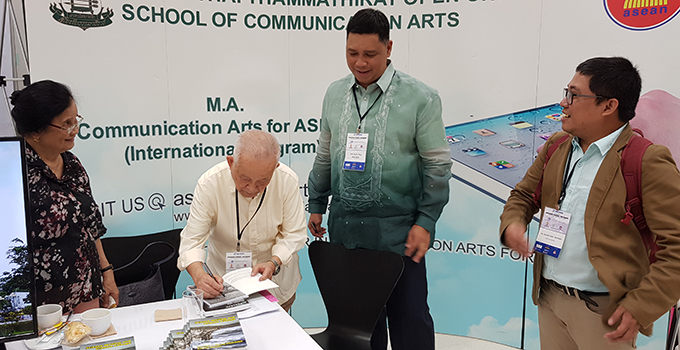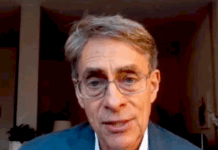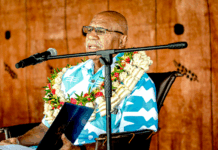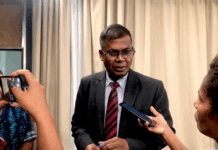
Pacific Media Centre Newsdesk
A new handbook for the existential problem of our time – climate change – has been published as a boost for journalists working in the Asia-Pacific region.
Launched at the 27th Asian Media Information and Communication (AMIC) conference at Chulalongkorn University in Bangkok, Thailand, this week, Science Writing and Climate Change is a “book for our times”, says lead author Professor Crispin Maslog.
Dr Maslog, chair of the Manila-based AMIC, said at the launch that a book of this kind had been needed by journalists for a few years.
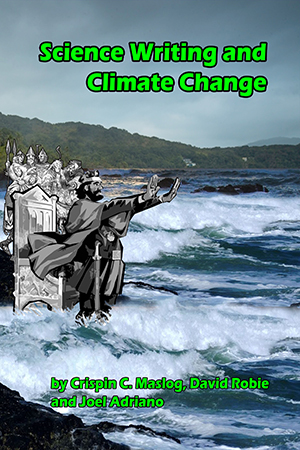
“Climate change is upon us and we need to educate people about this urgent problem now,” he said.
“What former US Vice-President Al Gore described as an ‘inconvenient truth’ years ago is now an ‘incontrovertible fact’.”
Many of the chapters have been adapted from Dr Maslog’s regular science and development columns in the global SciDev.net website.
SciDev.net regional editor for the Asia-Pacific Joel Adriano and New Zealand’s Pacific Media Centre director Professor David Robie are co-authors for the 104-page volume.
Ripped by tornadoes
In his introductory preface “Climate Change 101”, Dr Maslog writes: “Halfway into this year, 2019, some 1009 tornadoes have ripped through the United States with unusual violence – about double the average number in previous years.
“In the Philippines and Southeast Asia, the typhoons have become more frequent, violent and destructive.
“We are reminded of 2013 when the category 5 Superstorm Haiyan (Yolanda) smashed into Central Philippines and flattened the city of Tacloban and nearby cities on Leyte and Samar, killing some 10,000 people and causing property damage in the billions of dollars.
“It was the strongest typhoon to hit land at 350 kph.”
Part one of the book explains the role of science in development and the science education of the population in the Asia-Pacific region. It includes news writing tips for science reporters.
Part two offers sample writing from effective science stories.
According to Dr Maslog, the book will be “useful for science writing teachers in schools and trainers in non-formal science journalism training programmes”.
- The book is a co-publication with SciDev.net and Auckland University of Technology’s Pacific Media Centre support.
- Available in the Philippines through AMIC
- Available in New Zealand and the Pacific online through AUT Shop
